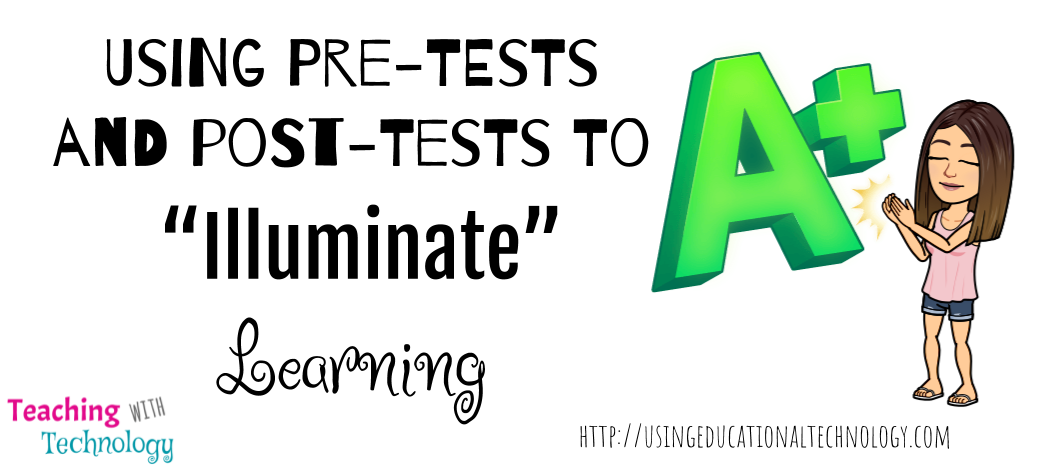Happy Monday morning, friends! I’m still in reflection mode and I’m thinking about how using pre-tests and post-tests can help my students. I’ve mentioned in another post that my district is heavily studying the work of John Hattie, focusing on what we can do as teachers to have a meaningful impact on student learning. One of the practices I’m exploring is how to develop Assessment Capable Learners, and a component of this I hope to implement in my Government classes next year is utilizing pre-tests and post-tests to “illuminate” learning — get ready for ALL the puns that involve the title of my book!
I typically start the year by giving the US Civics and Naturalization test to my students as a pre-test, but now that a Civics test is a requirement for students in the state of Missouri, I’ll be switching that up a bit.
Prior to beginning our Missouri Constitution and Federalism unit, I gave my students a pre-test for the unit. This pre-test included multiple choice questions –> as a response option, I added “I don’t know, yet” and encouraged my students to choose this option if they really didn’t know the answer to the question.
Then, we had a conversation about the word, “yet.” I shared with them that it was perfectly acceptable to choose the “I don’t know” option, as long as they recognized that “yet” was part of the response. “I don’t know” and “don’t know, yet” are two very different phrases that communicate very different perspectives on learning. The first sends the message that the fact that students don’t know something is finite and won’t be changed. The second indicates that students may not have enough information at that time to answer the question, but that they will learn the information.
After completing their pre-test, my students were astounded at their “grade.” Keep in mind I didn’t assign points to the pre-test, but they were able to see how many they missed and how many they answered correctly. My students had never been exposed to this information, so as you can imagine, they scored poorly. To keep their spirits up, I told them that this was not going to be recorded in the grade book and would serve as great information for both me and them so we knew what we needed to focus on during instruction. I also told them that they would be super proud when they compared their pre-test and post-test grades.
When the post-test came around, my students were SO happy! They were able to see the growth that they had made throughout the unit and, even if their post-test score wasn’t a home run, they were able to actually view the leaps and bounds they had made from the beginning of the unit. I heard, “wow! I did lots better!” And, “what’s the percentage difference in my pre-test and post-test, Mrs. Petty?”
As I typically do when I try a new strategy or idea, I asked my students if they thought I should continue doing pre-tests next year. The result – “YES!” Students appreciate knowing “where they are, where they’re going, and how to get there,” just as adults do. I’ll chalk using a pre-test and post-test up as a positive and will be implementing them next year!

I am so intrigued by this whole idea – I read your article in Edutopia and then looked into your blog in hopes of finding more information. I am wondering if you could share with me a completed Google Form so I can see how you asked the questions and what response options you gave them. Also if you have a template for the Learning Chart that would be amazing. Thank you so much for this great way of tracking progress WITH the students.